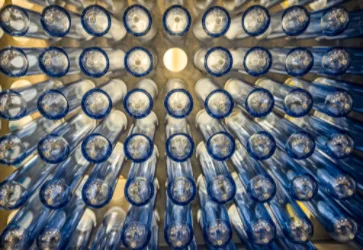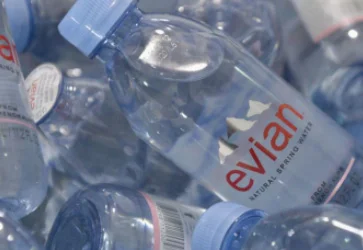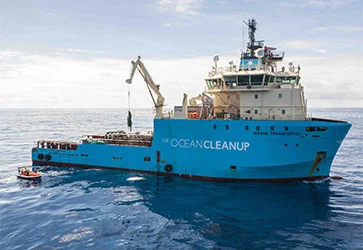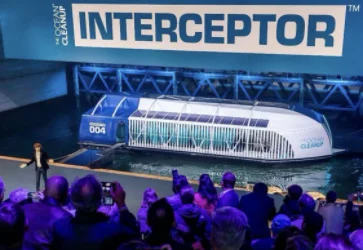Adopting a circular model
Mainstream bottling systems are still primarily linear—raw materials are used to make packaging, and after the product is consumed, the packaging is thrown away, adding new waste to the environment. Simply put: this model isn’t sustainable.
How will we do it? The way we always do and will continue to do: with a proactive, pioneering approach and a real, actionable plan. From overhauling our product lifecycle with new, innovative partners, to actively engaging the community, our sustainability initiatives will put us on track to reach our 2025 goal.
Because we’re committed to protecting and nourishing the health of our planet and its people, we are playing our part to accelerate the transition from a linear to a circular economy of sustainable packaging. Simply put, this means eliminating packaging we don’t need and innovating packaging where possible to ensure it can be recycled and safely reused again and again so it remains part of the circular economy and never becomes waste or pollution. In January 2018, we pledged to become a circular brand and transform our packaging to make all our plastic bottles* from 100% recycled PET by 2025.
*excludes label and cap











